Aging Russian Ro-Ro 'ADLER' Shows Signs of Wear as It Transports Military Cargo Across the Med
- RFN- OS
- Sep 7
- 3 min read
Published: September 7, 2025
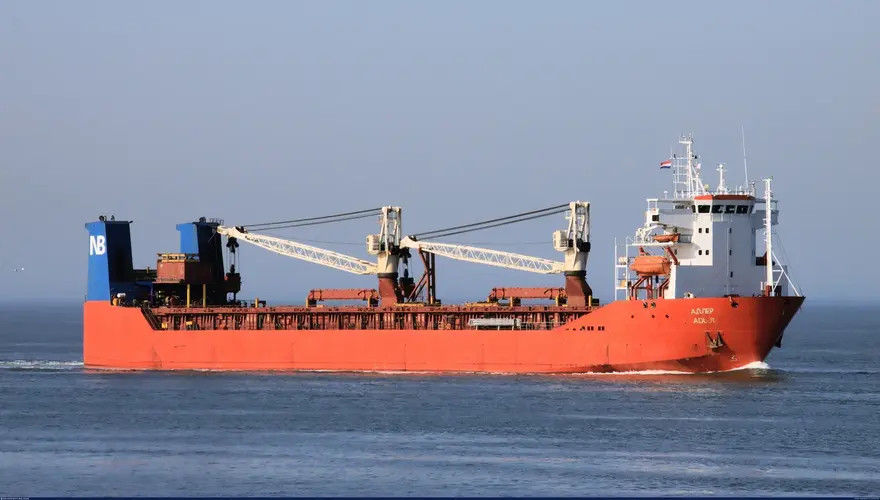
In yet another display of the Russian Federation’s reliance on aging commercial vessels for military logistics, the Ro-Ro cargo ship ADLER (IMO 9179854)—a 27-year-old vessel flying the Russian flag—has resumed its westbound route after mechanical failures halted its mission in the Western Mediterranean.
Ro-Ro cargo ship ADLER
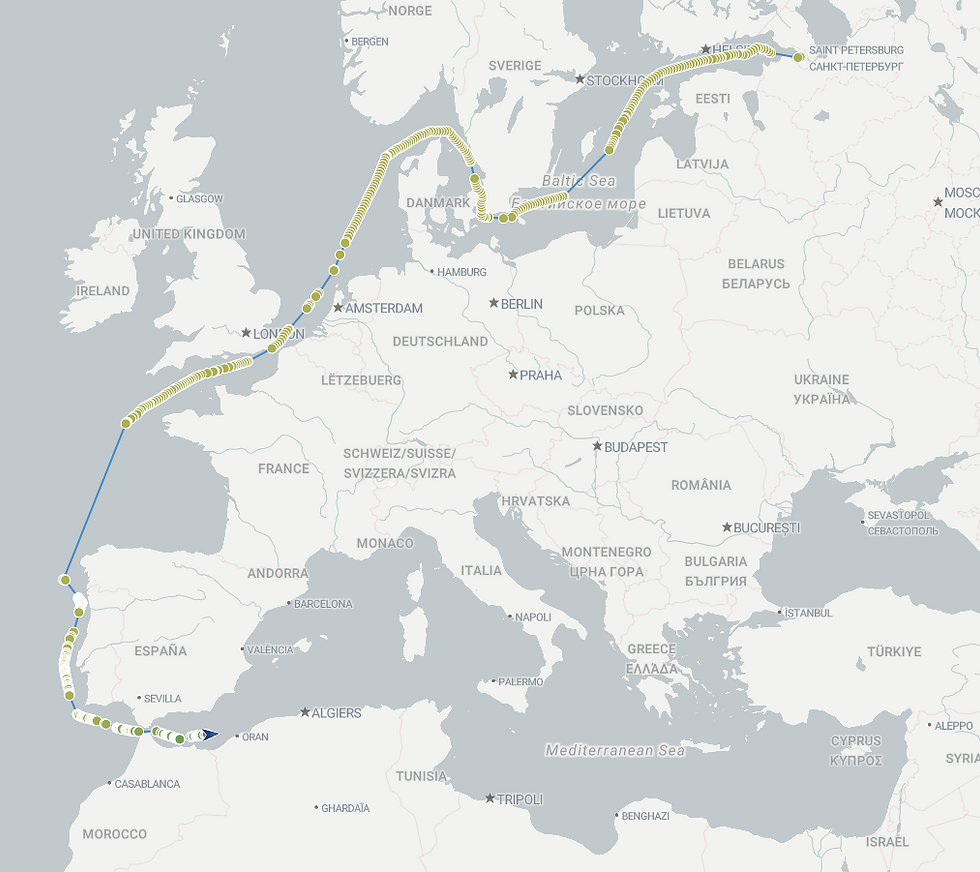
The Vessel: Aging Backbone of Shadow Supply Chains
Built in 1998, ADLER is operated by the sanctioned Russian maritime logistics company LLC “M Leasing” (TIN: 9701173086). Despite its age and poor mechanical reliability, it remains a functional element in Russia’s ongoing strategy of using dual-use civilian vessels for covert military transport missions—an operational necessity given the constraints imposed by international sanctions and maritime tracking.
Cargo and Sourcing Activity
The vessel departed St. Petersburg on August 11, 2025, after a 17-day layover at the Morskoy Fasad terminal, a known embarkation point for sensitive and military-related cargo.
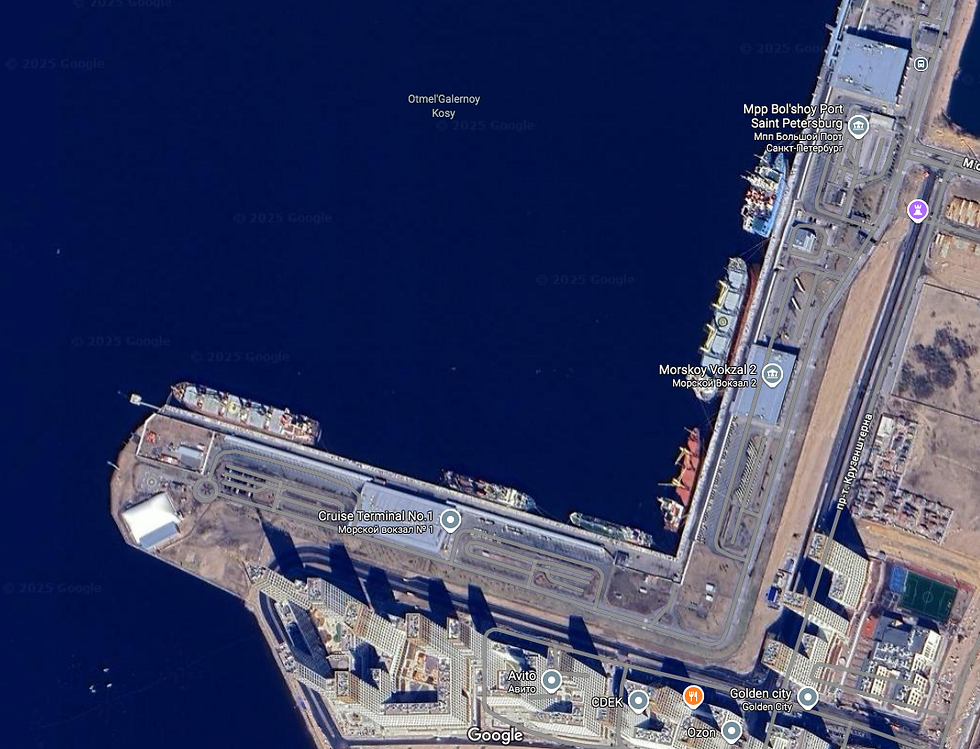
Morskoy Fasad terminal
According to AIS-based draught readings, ADLER went from a draught of 5.2 m to 5.9 m**, indicating a loading of ~1,000–1,300 tonnes of cargo.

This corresponds to an estimated: 35–60 TEUs (20-ft containers) or 36–50 FEUs (40-ft containers)

Alternatively, a mix of cargoes could also be loaded: 15 containers and 75 military vehicles, including likely variants such as BTR-82A APCs or MT-LB armored transports.

Such logistics patterns are consistent with previous Ro-Ro deployments moving military material through the Black Sea-Baltic-Mediterranean route under commercial cover.
Mechanical Failures and Tow Events

On August 25 at 01:00 UTC, ADLER reported loss of navigational control, indicating possible engine or steering gear failure—not uncommon for older vessels in constant use without dry-dock rotation.
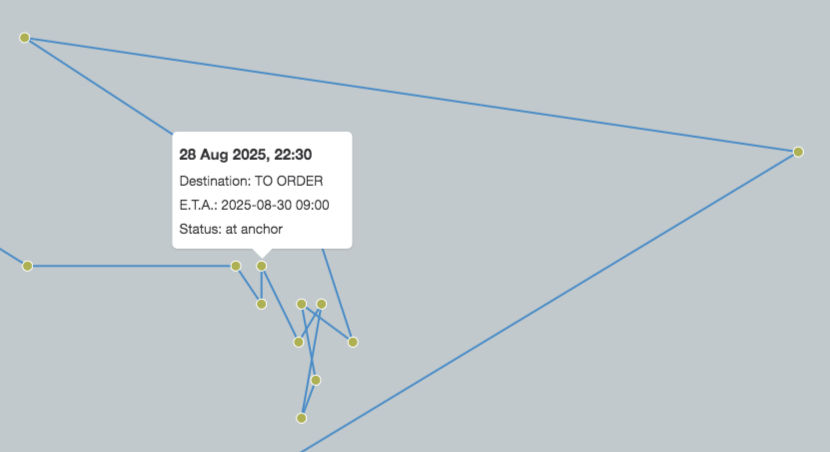
Subsequently, the vessel remained adrift 20 nautical miles west of Porto, Portugal, until August 29, when it was taken under tow by the Spanish-flagged tug ROMA.
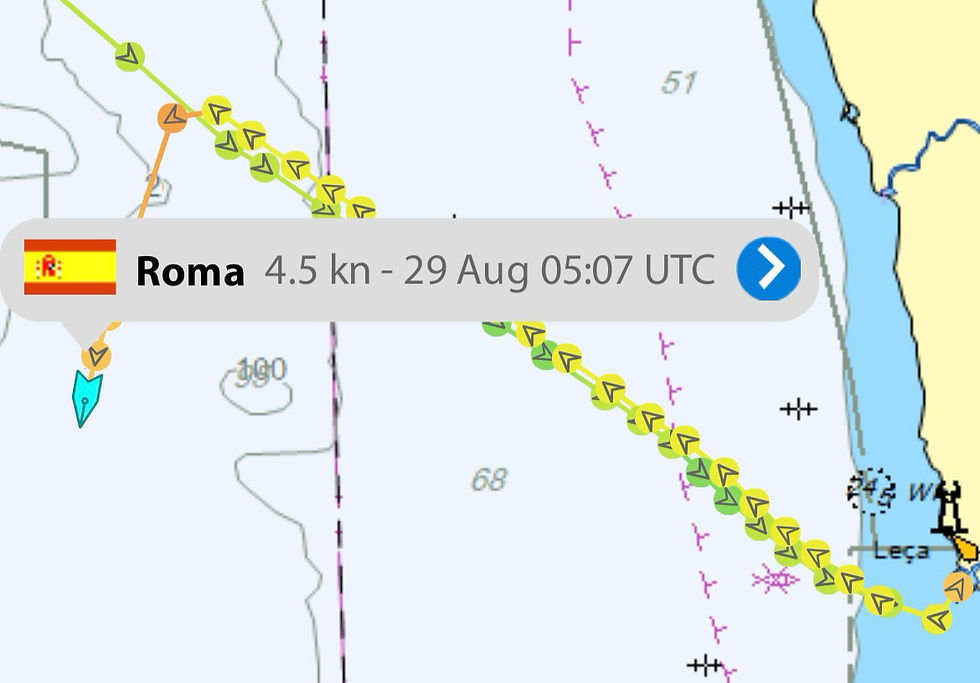
After reaching a holding position north of Al Hoceima, Morocco (an area recently used by other Russian replenishment units), the vessel anchored on September 4 and began its final leg toward Oran, Algeria on September 9 — still under tow.
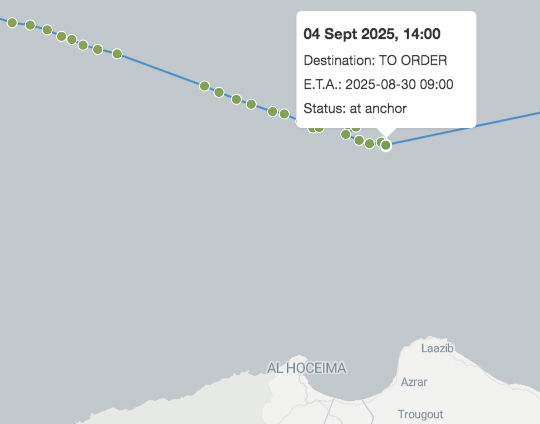
Satellite images during the tow north of Al Hoceima

September 4 th, Ro Ro ADLER - Tug ROMA
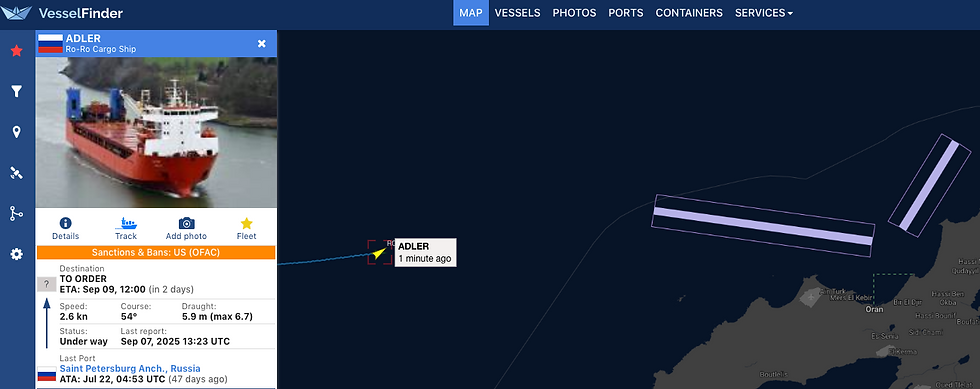
Last position as of September 7th , Ro Ro ADLER - Tug ROMA
Strategic Observations
* No Russian Navy escort was observed during the journey.
* The port of Oran (Algeria) is widely believed to be the final destination, although this was not confirmed prior to the failure event.
* The use of unescorted, mechanically degraded vessels to transport military cargo through contested waters reflects both Russia’s stretched naval logistics and the chronic underinvestment in auxiliary fleet maintenance.
Conclusion: Maritime Weak Points
The ADLER case illustrates a critical vulnerability in the Russian maritime supply chain: a dependence on aging commercial hulls, insufficiently maintained and operating at the edge of reliability, yet tasked with critical supply roles.
Open-source maritime intelligence monitoring of these slow-moving vessels continues to reveal key patterns: predictable routing, frequent mechanical vulnerabilities, and the absence of military escort all underscore the structural weaknesses of Russia’s logistics operations in the Mediterranean. These observations, derived from AIS data and publicly available sources, highlight the operational strain on a fleet increasingly reliant on aging commercial assets for strategic transport missions.
📎 *Tracked via open AIS data and corroborated by independent maritime observers.*
📡 Source: [@claudialanz on BlueSky](https://bsky.app/profile/claudialanz.bsky.social/post/3lxuurcgtfs2x)



Comments